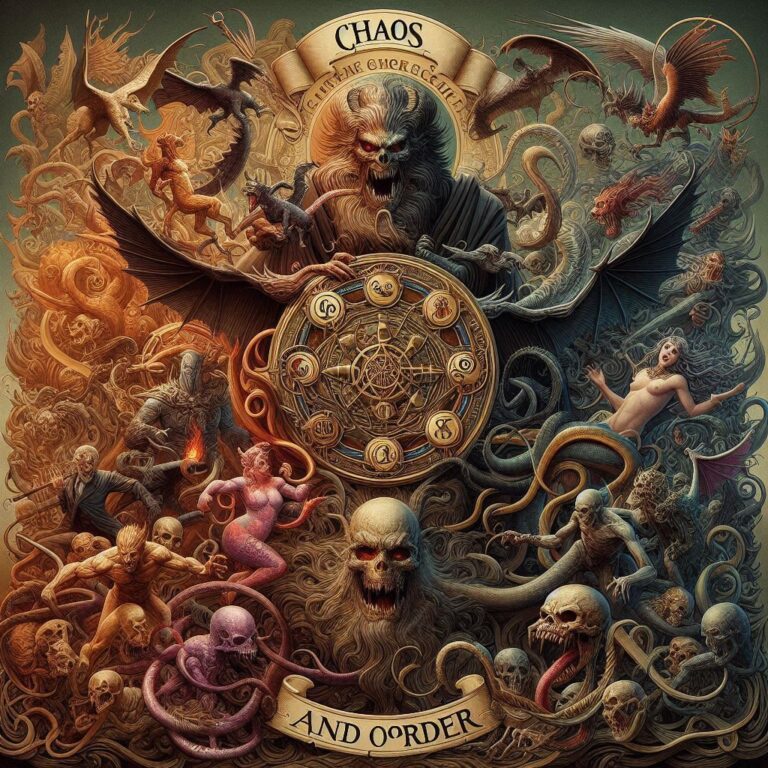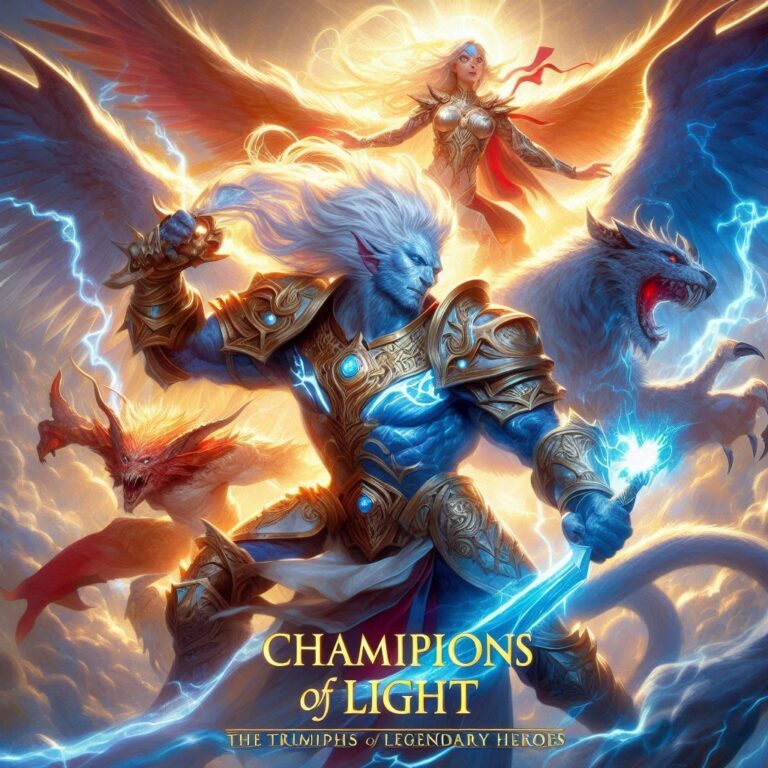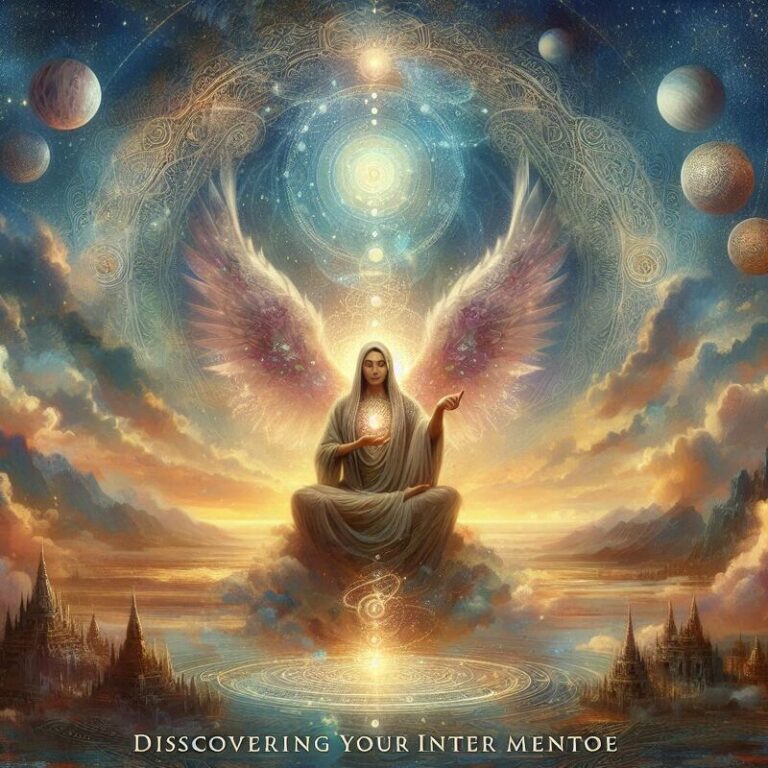From Shadows to Light

From Shadows to Light
From Shadows to Light: Overcoming Challenges with Mythological Archetypes
Mythological archetypes, the timeless and universal symbols embedded within myths, have long served as guiding beacons for humanity. These archetypes, such as the Hero, the Mentor, the Trickster, and the Shadow, represent fundamental aspects of the human experience. By understanding and engaging with these archetypes, we can find profound insights into our own lives, helping us to navigate and overcome the challenges we face. This article explores how mythological archetypes can be harnessed to move from shadows to light, transforming our struggles into opportunities for growth and enlightenment.
From Shadows to Light
The Hero: Embracing the Journey of Transformation
The Hero archetype, central to many myths and stories, symbolizes the individual’s journey of transformation. This journey often begins with a call to adventure, compelling the Hero to leave the familiar and venture into the unknown. Along the way, the Hero encounters trials, allies, and mentors, all of which contribute to their growth and ultimate triumph.

In our own lives, we often face situations that call us to step out of our comfort zones. Whether it’s pursuing a new career, ending a toxic relationship, or embarking on a personal development journey, these moments echo the Hero’s call to adventure. By embracing the Hero archetype, we can view these challenges as opportunities for growth. We learn to face our fears, develop resilience, and gain confidence in our abilities.
Joseph Campbell, who popularized the concept of the Hero’s Journey, emphasized that this archetype is not just a story structure but a metaphor for our personal journeys. Recognizing ourselves as the heroes of our own lives empowers us to tackle challenges head-on, turning adversity into a catalyst for positive change.
From Shadows to Light
The Mentor: Seeking and Offering Guidance
The Mentor archetype represents wisdom, guidance, and support. In myths, the Mentor often provides the Hero with the knowledge and tools needed to succeed. Figures like Merlin in Arthurian legend or Yoda in Star Wars embody this archetype, offering crucial assistance at pivotal moments.

In our own lives, mentors play a vital role in helping us navigate challenges. They can be teachers, coaches, family members, or even inspirational figures we have never met. Seeking guidance from mentors can provide us with valuable insights and perspectives, helping us overcome obstacles more effectively.
Moreover, we also have the potential to be mentors for others. By sharing our experiences and wisdom, we can support those who are on their own journeys of transformation. This reciprocal dynamic of seeking and offering guidance enriches our lives, fostering a sense of connection and community.
From Shadows to Light
The Trickster: Embracing Change and Adaptability
The Trickster archetype is often seen as a disruptor, challenging the status quo and introducing chaos. Figures like Loki in Norse mythology or Anansi in African folklore embody the Trickster’s qualities of cunning, humor, and adaptability. While the Trickster may initially appear to create problems, their actions often lead to greater flexibility and innovation.
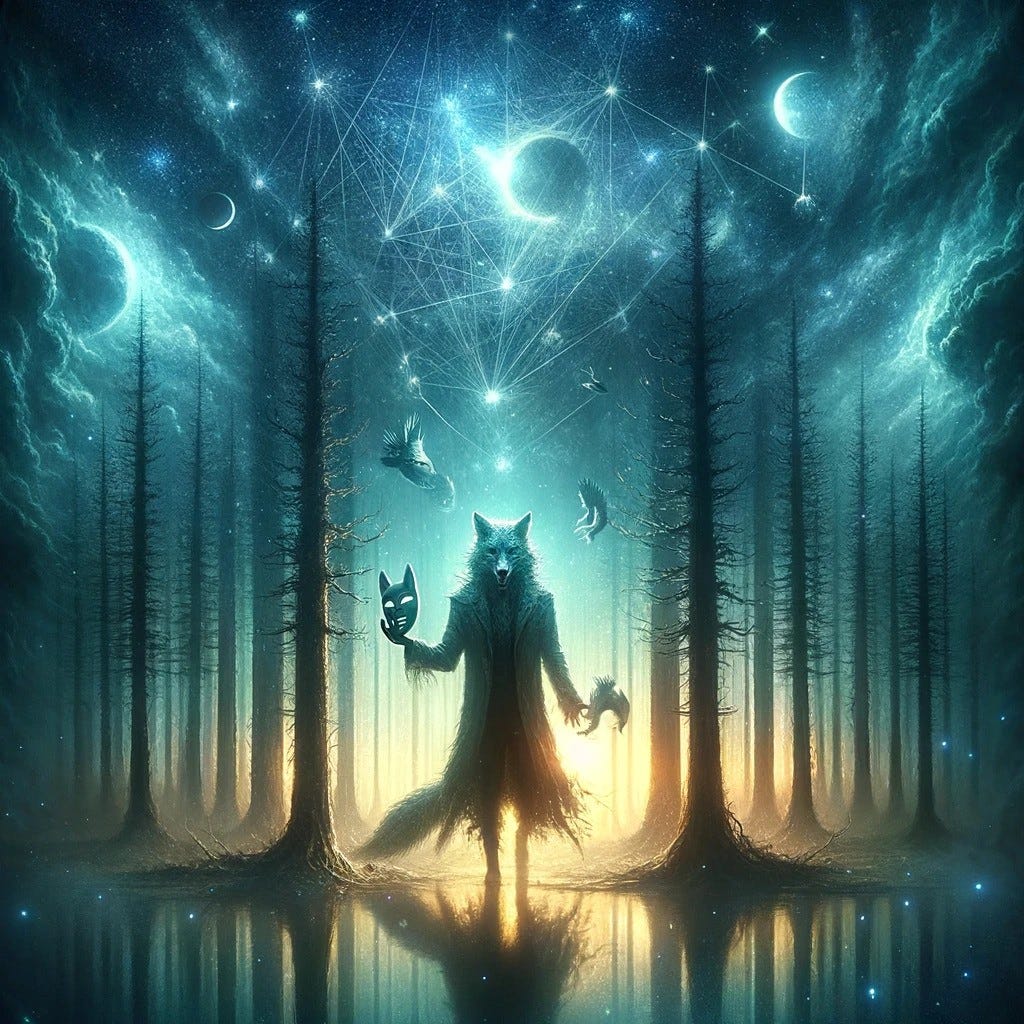
In our own lives, we encounter situations that force us to adapt and think creatively. The Trickster archetype reminds us that change, even when disruptive, can be a source of growth and opportunity. By embracing the Trickster’s playful and adaptive nature, we can learn to navigate uncertainty with a sense of humor and resourcefulness.
Adapting to change and finding creative solutions to problems are essential skills in a rapidly evolving world. The Trickster teaches us to remain flexible, to question established norms, and to approach challenges with an open mind. This adaptability helps us transform potential setbacks into stepping stones toward success.
From Shadows to Light
The Shadow: Confronting and Integrating Our Dark Side
The Shadow archetype represents the darker aspects of our personality—the fears, desires, and traits we often hide or deny. Carl Jung, a prominent psychologist, emphasized the importance of acknowledging and integrating the Shadow to achieve personal wholeness. In myths, the Shadow is often depicted as a formidable adversary that the Hero must confront.

In our own lives, facing the Shadow involves recognizing and addressing our inner fears, insecurities, and negative patterns. This process of self-examination can be uncomfortable, but it is essential for personal growth. By confronting our Shadow, we gain a deeper understanding of ourselves and can transform these darker aspects into sources of strength and wisdom.
Integrating the Shadow allows us to break free from self-imposed limitations and make more conscious choices. It empowers us to live more authentically, embracing our whole selves rather than just the parts we deem acceptable. This journey from shadow to light is a powerful act of self-liberation and transformation.
From Shadows to Light
The Anima/Animus: Balancing Inner Masculine and Feminine
The Anima and Animus archetypes represent the feminine and masculine aspects within each individual. According to Jung, integrating these archetypes is crucial for achieving psychological balance and wholeness. The Anima embodies qualities such as intuition, compassion, and creativity, while the Animus represents logic, strength, and assertiveness.

In our own lives, recognizing and harmonizing these inner aspects can lead to greater self-awareness and fulfillment. Embracing both our feminine and masculine traits allows us to respond to challenges with a balanced approach, drawing on a broader range of strengths and perspectives.
For example, in decision-making, integrating the Animus might involve assertive action and rational analysis, while the Anima encourages empathy and creative problem-solving. This holistic approach enables us to navigate life’s complexities more effectively, fostering both personal and professional growth.
From Shadows to Light
Conclusion: Transformative Power of Archetypal Wisdom
Mythological archetypes offer timeless wisdom and guidance, helping us navigate the challenges of life with greater clarity and resilience. By engaging with the Hero, Mentor, Trickster, Shadow, and Anima/Animus archetypes, we can transform our struggles into opportunities for growth and self-discovery.
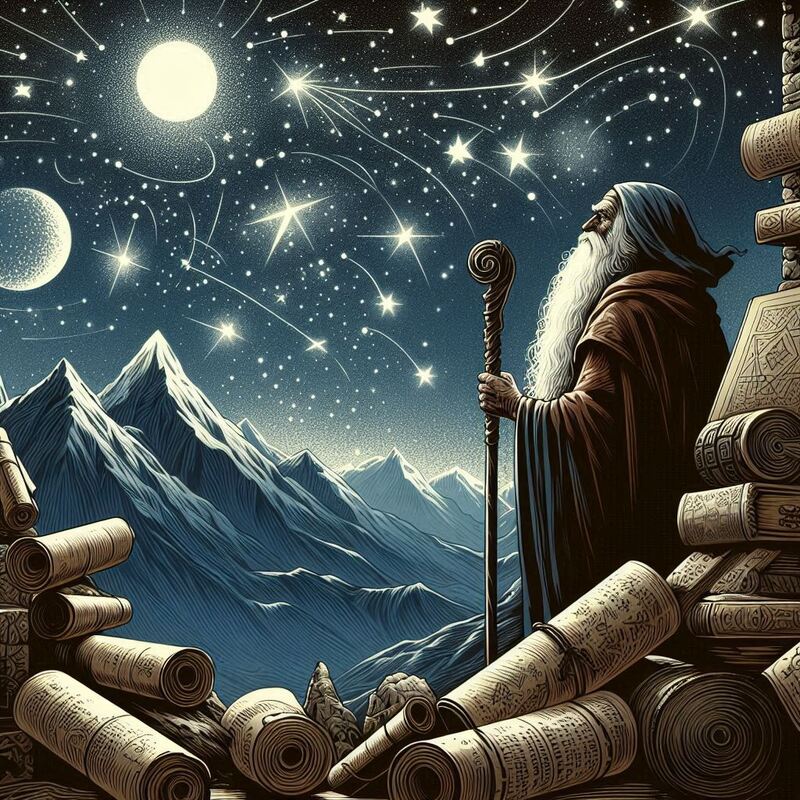
These archetypes remind us that we are not alone in our journeys; we are part of a larger human narrative that transcends time and culture. Embracing the lessons of these archetypes empowers us to move from shadows to light, harnessing our inner potential to create positive change in our lives and the world around us. As we continue to explore and integrate these powerful symbols, we unlock new dimensions of personal and collective transformation, enriching our existence and contributing to a more enlightened society.
